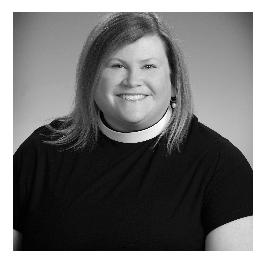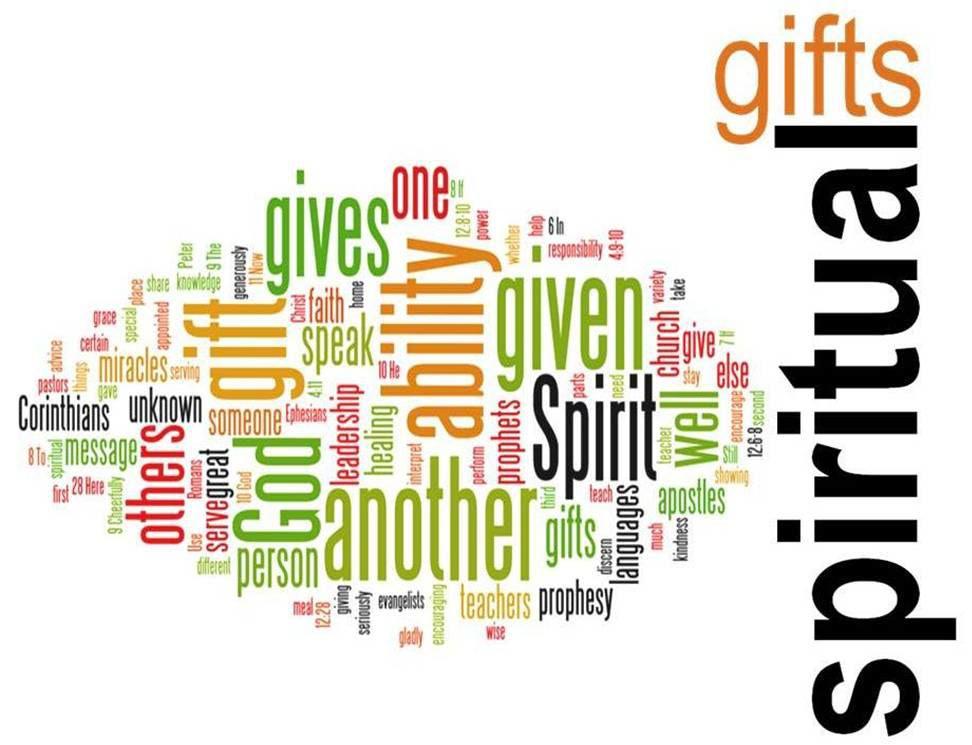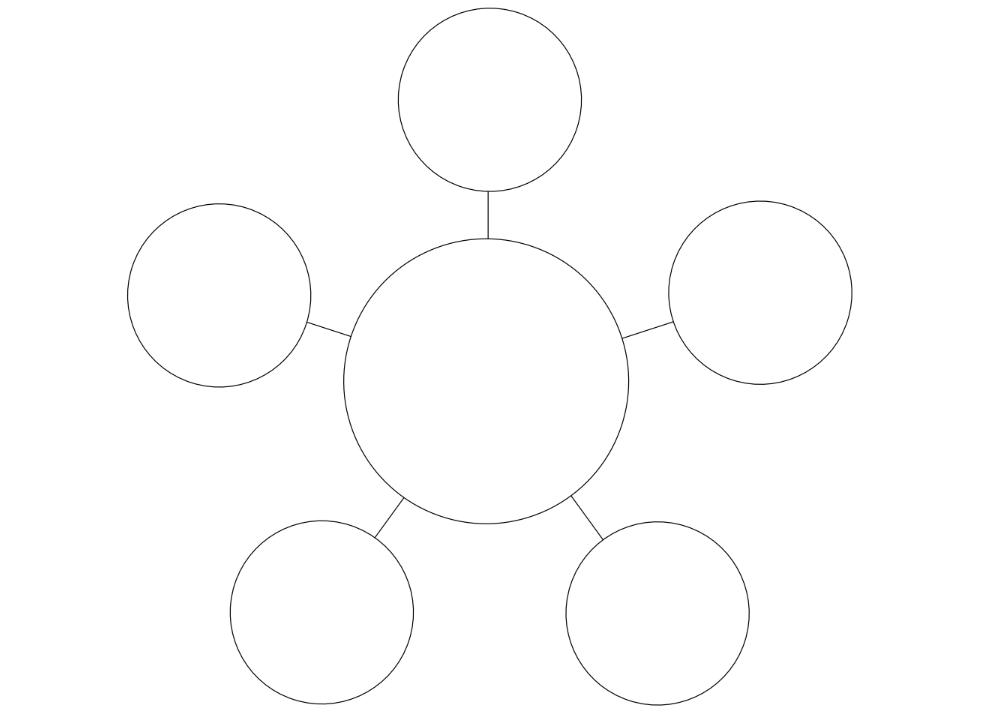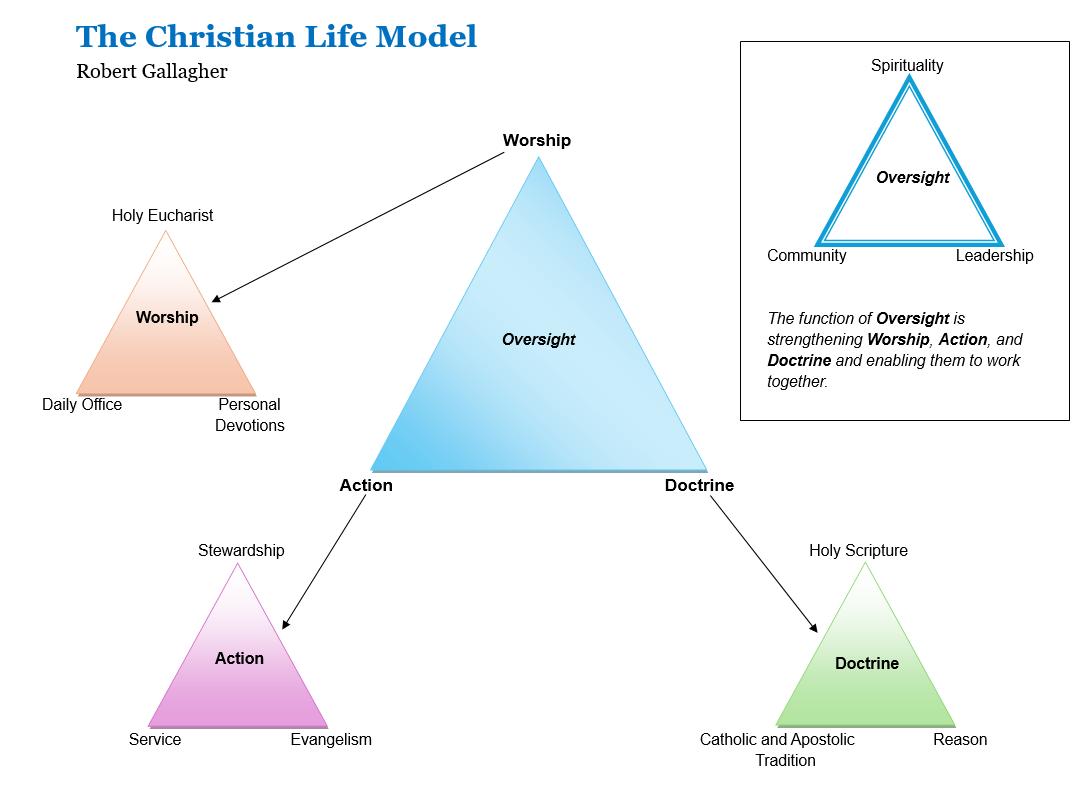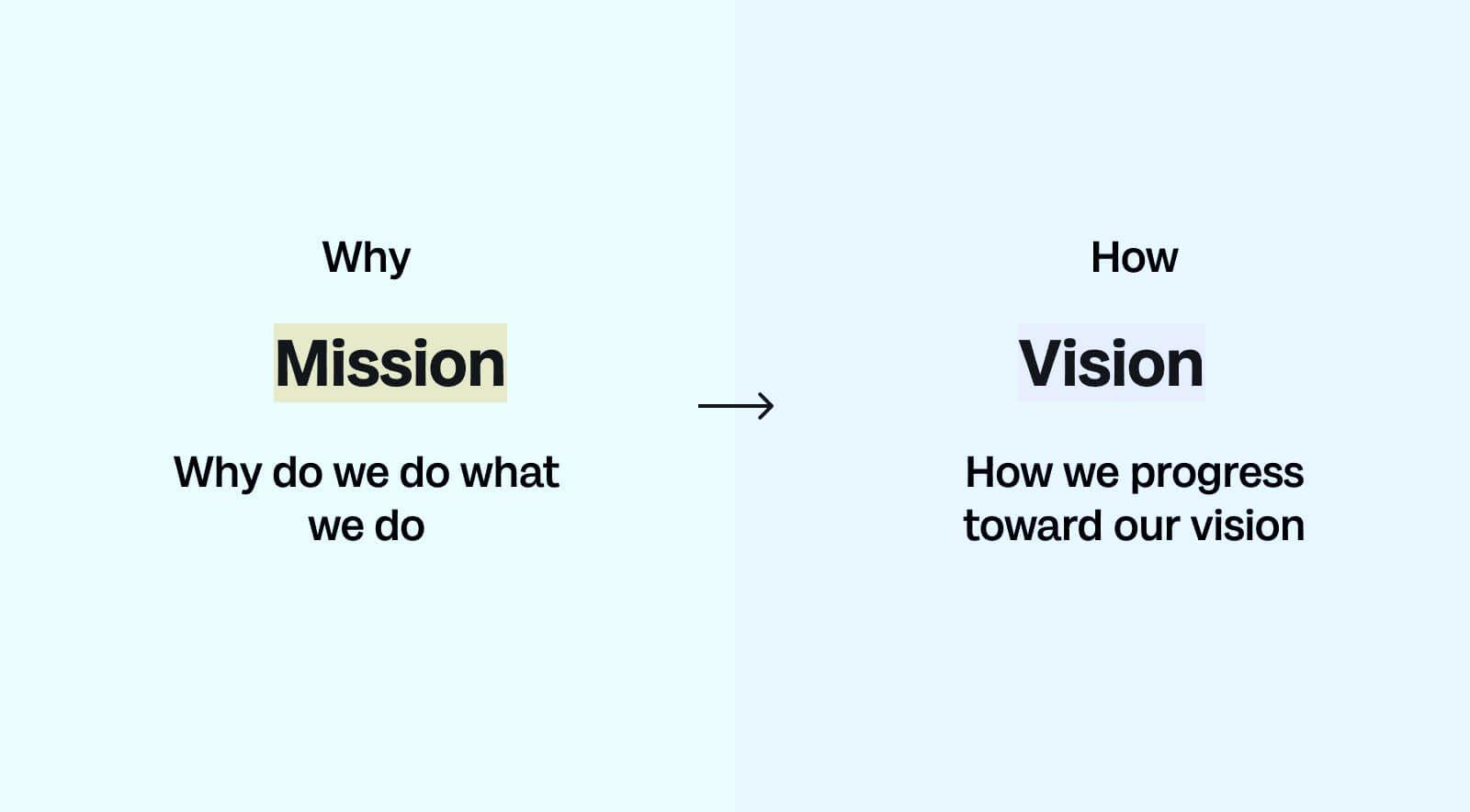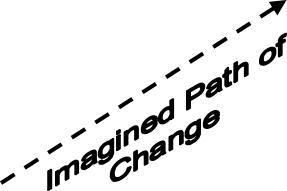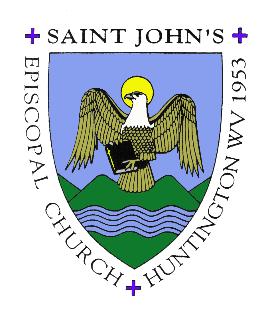Trust Development in Organizations
Trust development in organizations, groups, and inter-personal Relationships involves the creation of structures, processes, and behavioral norms of reliability, responsiveness, and congruence –that increases inclusion and acceptance, the open flow of information, a shared direction established from options, internal commitment, self-management, and collaborative relationships.
The Target
INTERNAL COMMITMENT
Self-management, Collaborative
Relationships
The Issues Examples
Empowerment Structures
Increased authority with competence, commitment, and maturity
Mutual influence and accountability
SHARED DIRECTION
(Set from choices)
OPEN INFORMATION
INCLUSION & ACCEPTANCE
Decision based on options
Free choice, not coercion or habit
Renegotiable
Open climate
Useful / timely information
Listening stance
Acknowledge people
Connected to a primary task / vision
Acceptance of the objectives
- of each person's role
- of organization culture (information flow, decision making, degree of selfmanagement)
Create self-managing team / collective voice structure
- Train in decision making, action planning and negotiation
- Review leadership roles & decision making process
Develop alternative solutions and strategies
- move in “owned” direction
- openly explore pressures to move in various directions
- willingness to revisit decisions
Create structures/processes
- gather / channel “pinches”
- hear “undiscussables”
- establish norms
- facilitators, newsprint, feedback etc.
- “Hello” norm
- keep it in front of people
- review objectives / test affirmations / concerns
- each share what they bring to task - provide clear information regarding culture and ask about a sense of “fit”
Finding Your Spiritual Gifts
God has given each Christian two vitally important gifts. The first is the gift of faith in Jesus Christ, his work of redemption, and thus forgiveness of sin. The second is the gift of one or more special abilities, which are to be used for the purpose of unifying the body of Christ and for the growth of God's Kingdom. These abilities are called spiritual gifts and they are received through our baptism. Like other presents, it is impossible to fully appreciate and make use of our spiritual gifts until they have been opened. This tool will help you begin to open your spiritual gifts by guiding you through a self-assessment.
Self-Assessment Inventory
Instructions: For each of the 60 questions which follow, circle the number that corresponds with the response that most closely matches how you perceive yourself. inventory.
• 4, consistently true
• 3, frequently true
• 2, occasionally true
• 1, infrequently true
• 0, rarely true
You might also ask a person who is close to you to score the inventory with, and for, you. Their perception of your strengths may be useful in identifying the gifts with which you have been truly blessed. After responding to each question, turn to the scoring grid on page six to analyze your results.
1. When presented a goal, I immediately think of steps that need to be taken in order to achieve the desired results.
4 3 2 1 0
2. I express myself through artistic means. 4 3 2 1 0
3. My faith requires me to seek out God's will and purpose in all circumstances that arise in my life. 4 3 2 1 0
4. I am able to convey the Gospel message to non-believers in ways that they are able to easily understand. 4 3 2 1 0
5. I am moved by those who through conflict or sorrow are wavering in faith. 4 3 2 1 0
6. I am certain of the spirit's presence in my life and the lives of others. 4 3 2 1 0
7. I am blessed by God each day and gladly respond to these blessings by giving liberally of my time and money.
4 3 2 1 0
8. I enjoy meeting new people and becoming acquainted with them. 4 3 2 1 0
9. I know that God hears and responds to my daily prayers. 4 3 2 1 0
10. I feel compelled to learn as much as I can about the Bible and faith. 4 3 2 1 0
11. I am a take charge person. When others follow my direction, the goal or task will be completed. 4 3 2 1 0
12. When I see a person in need, I am moved to assist them. 4 3 2 1 0
13. I love to sing and enjoy inspiring others through song. 4 3 2 1 0
14. I find joy and express myself by playing a musical instrument. 4 3 2 1 0
15. I am motivated to provide spiritual leadership to those who are on a faith journey. 4 3 2 1 0
16. I like working behind the scenes to ensure projects are successful. 4 3 2 1 0
17. I enjoy working with my hands in a trade or skill that required considerable experience to perfect. 4 3 2 1 0
18. My great joy is to communicate biblical truth in such a way that it becomes real and understood by others. 4 3 2 1 0
19. When a challenge is presented, I am usually able to identify an appropriate solution. 4 3 2 1 0
20. I am able to take a thought or idea and put it into a clear and inspiring written form. 4 3 2 1 0
21. I enjoy organizing thoughts, ideas, hopes and dreams into a specific plan of action. 4 3 2 1 0
22. I can translate into artistic form what I first see in my imagination. 4 3 2 1 0
23. I have assisted others as they sought to discern whether or not their personal decisions were helpful and in accord with God's will for their lives. 4 3 2 1 0
24. I enjoy being with non-believers and like having the opportunity to encourage them to faith and commitment. 4 3 2 1 0
25. When I know someone is facing a crisis, I feel compelled to provide support and care. 4 3 2 1 0
26. My trust in the Spirit's presence, when I encounter times of personal crisis, is a source of strength for others. 4 3 2 1 0
27. I manage my time and money so that I am able to give much of it to the work of the church or other organizations. 4 3 2 1 0
28. I am often asked to open my home for small group gatherings or social occasions. 4 3 2 1 0
29. I often become so absorbed in my prayer life that the doorbell or phone can ring, and I will not hear it. 4 3 2 1 0
30. Not one day would be complete without biblical study and thought. 4 3 2 1 0
31. When I am in a group, others will often look to me for direction. 4 3 2 1 0
32. I feel an urgency to provide housing for the homeless, food for the starving, comfort for those in distress. 4 3 2 1 0
33. I have sung before groups and felt a real sense of God's presence. 4 3 2 1 0
34. By my playing a musical instrument, inspiration has been provided for both myself and others. 4 3 2 1 0
35. I have responsibility for providing spiritual guidance to an individual believer or group of believers. 4 3 2 1 0
36. People tell me that without my willingness to do the unnoticed jobs, their work would be more difficult. 4 3 2 1 0
37. I am good at building, repairing, or restoring things and find satisfaction in doing so. 4 3 2 1 0
38. I want to express my faith by assisting others to discover the truths contained in the Bible. 4 3 2 1 0
39. People come to me for help in applying Christian faith and values to personal situations. 4 3 2 1 0
40. I often feel moved to write about my thoughts and feelings so others may benefit from them. 4 3 2 1 0
41. I have been successful in organizing, directing and motivating people to achieve a goal. 4 3 2 1 0
42. My artistic work has given spiritual strength to both believer and non-believer. 4 3 2 1 0
43. In the congregation, I am often asked if a direction being discussed is in accord with God's will and purpose. 4 3 2 1 0
44. I do not find it difficult to share what Jesus means to me with non-believers. 4 3 2 1 0
45. Those who are struggling with life questions have come to me for guidance and help. 4 3 2 1 0
46. I can see great things happening in my congregation and am not derailed by the pessimism of others. 4 3 2 1 0
47. When I receive money unexpectedly, one of my first thoughts is to share this gift through the church. 4 3 2 1 0
48. I enjoy welcoming guests and helping them to feel at ease. 4 3 2 1 0
49. Believers have asked me to pray for healing in their lives, and have evidenced God's healing power. 4 3 2 1 0
50. My study of the Bible has proven helpful to others in their faith journey. 4 3 2 1 0
51. People have said they like to work with me because the task will be successfully completed. 4 3 2 1 0
52. People have been surprised by how at ease I am while working with those who are suffering in mind, body or spirit. 4 3 2 1 0
53. I am grateful and humbled that my singing has provided inspiration and hope for others on their faith journey. 4 3 2 1 0
54. Others have told me they were moved by my playing a musical instrument. 4 3 2 1 0
55. People have come to me for spiritual help and it has developed into a long-term relationship. 4 3 2 1 0
56. When I turn out the lights, take tables down, work in the kitchen or put chairs away, I feel that I have served the Lord. 4 3 2 1 0
57. My knowledge of building, maintenance or repair has been a special value to the church and others. 4 3 2 1 0
58. Students have told me that I can take the most difficult idea or concept and make it understandable. 4 3 2 1 0
59. When direction is needed at work or in the congregation, I am generally asked for my opinion. 4 3 2 1 0
60. My written work has been helpful to others in understanding life's truths. 4 3 2 1 0
Scoring Grid
For each set of three questions, fill in the number equal to your total score. For example, in the category of Administration, if you ranked Question 1 as a 2, Question 21 as a 4, and Question 41 as a 3, you total in Administration would be (2+4+3) a total of 9. Once completed, note that the higher the number, the stronger the corresponding gift.
The strongest gift(s) will generally have a total score of "7" or more. If you have more than one gift with a total of seven or more, then all of these gifts can be referred to as your "gift cluster." Notice how each gift within the cluster has the potential to compliment and support another. The gifts within the cluster will need to be further explored to determine which ones you have truly been blessed with.
This inventory is designed to begin your journey toward spiritual gifts discovery. Keep in mind that it is not a scientific instrument. Your perceptions will be validated by others and confirmed through prayer and by their use over time. Identify your spiritual gift cluster, then list the gifts in the gifts cluster.
Administration : Questions 1, 21, 41 TOTAL : ______
Artistry : Questions 2, 22, 42 TOTAL : ______
Discernment : Questions 3, 23, 43 TOTAL : ______
Evangelism : Questions 4, 24, 44 TOTAL : ______
Exhortation : Questions 5, 25, 45 TOTAL : ______
Faith : Questions 6, 26, 46 TOTAL : ______
Giving: Questions 7, 27, 47 TOTAL : ______
Hospitality: Questions 8, 28, 48 TOTAL : ______
Intercession: Questions 9, 29, 49 TOTAL : ______
Knowledge: Questions 10, 30, 50 TOTAL : ______
Leadership: Questions 11, 31, 51 TOTAL : ______
Mercy: Questions 12, 32, 52 TOTAL : ______
Music-vocal: Questions 13, 33, 53 TOTAL : ______
Music-instrumental: Questions 14, 34, 54 TOTAL : ______
Pastoring: Questions 15, 35, 55 TOTAL : ______
Service: Questions 16, 36, 56 TOTAL : ______
Skilled Craft: Questions 17, 37, 57 TOTAL : ______
Teaching: Questions 18, 38, 58 TOTAL : ______
Wisdom: Questions 19, 39, 59 TOTAL : ______
Writing: Questions 20, 40, 60 TOTAL : ______
Spiritual Gift Cluster: Draw three circles. In each of the circles, write one of the spiritual gifts that had a total score of seven or more. Begin with the center circle, identifying the gift that had the highest score. In the event of a tie, select the gift you feel you have used effectively in the past, or the one you think you might be most effective in. Then fill in the other circles with a five of the remaining gifts. This group of gifts is your gift cluster.
CLARIFYING OUR VALUES
DIAGNOSIS
In the diagnosis step the organization is doing two things:
1. Gathering information
2. Engaging in an analysis of the organization’s situation, opportunities, problems, etc.
A target might be to identify the current situation, the desired situation and the forces involved.
A. Gathering Information
1. Methods of Data Collection
· Interviews (group or individuals)
· Survey/Questionnaire
· Observing/Sensing/Intuitive “hunches”
2. Use of a Model or Conceptual Framework
Using a “lens” to gather information gives us a way to organize the information and identify patterns and issues quickly. A model might be used in the method of data collection or used to discern patterns from a more open- ended data collection process. It is important to fully understand the model being used and, to the extent that the model is normative, to be comfortable with the model’s values and assumptions.
3. Useful Information
We are seeking information that can be used in the development of the organization. So, the information we gather needs to be:
· something the organization can use to effect change
· able to be shared openly; “confidential” information is rarely useful
· related to an area you are willing to make changes in, i.e., don’t ask for information you are not going to be willing to act on.
B. Analysis
1. Use Models and Conceptual Frameworks
Using models allows us to see a broader, more integrated picture. It may be helpful to use several models in developing your “hunches”, “wonderments” and hypotheses.
2. Explore Options
Investigate the process/opportunities/problems. Avoid jumping to solutions. Create several approaches or possible solutions.
3. Stance
There are a few mental\emotional stances you need to take
· Participant/observer or Anthropologist
· Servant
· Loving critic of the organization (not unloving critic or uncritical lover)
4. Attention to the Dynamics Assess issues such as:
· How open is the organization to its own information?
· How open are leaders/participants to hearing each other’s information?
· How open are they to information about external forces?
· How open are clients with the consultant (if any)?
C. Building the Organization’s Capacity
Diagnosis is in itself an intervention in the organization’s life. How it is done can help the overall process or set it back. Three actions that help people’s sense of commitment, skill and knowledge are:
- Publicly sharing the information you receive.
- Teaching conceptual models you are using in the analysis.
- Inviting people to join in shaping the information gathering and analysis process.
D. “Let the Data Speak”
Diagnosis involves data gathering; the interpretation of the information, and the identifying of developmental projects, strategic visions, goals, problems to solve, etc. The commitment of people in the organization to the change effort is critical for success. Is the data compelling?
Will it motivate people? Diagnostic feedback is intended to increase readiness for strategic change and incremental improvement.
Identification of the initial issue, opportunity, problem
Additional Data Needed Now? Feedback Data Gather Data
Elements of Vision or Plan: clear opportunity/problem statements, etc.
Organization/group motivated to work
Continue change process - planning & implementation
© Robert A. Gallagher, 1997
End Project for now
It Will Not Go the Way You Imagined
Implementation will not go the way you imagined it would. Even if leaders have told themselves this “truth”; it will still come as a shock to experience the confusion, resistance, anxiety, slowness, twists and turns and unanticipated consequences of the change process.
One way of understanding what is happening is the “nose-dive syndrome”; another is in terms of resistance to change.
AS A PARISHIONER, I THINK ST. JOHN’S BIGGEST STRENGTH IS:
AS A PARISHIONER, I WOULD LIKE TO SEE ST. JOHN’S GROW IN THE FOLLOWING AREA(S):
AS A VESTRY MEMBER, MY HOPES FOR ST. JOHN’S ARE:
AS A MEMBER OF THIS PARISH, I SEE THE MOST URGENT NEEDS AS:


